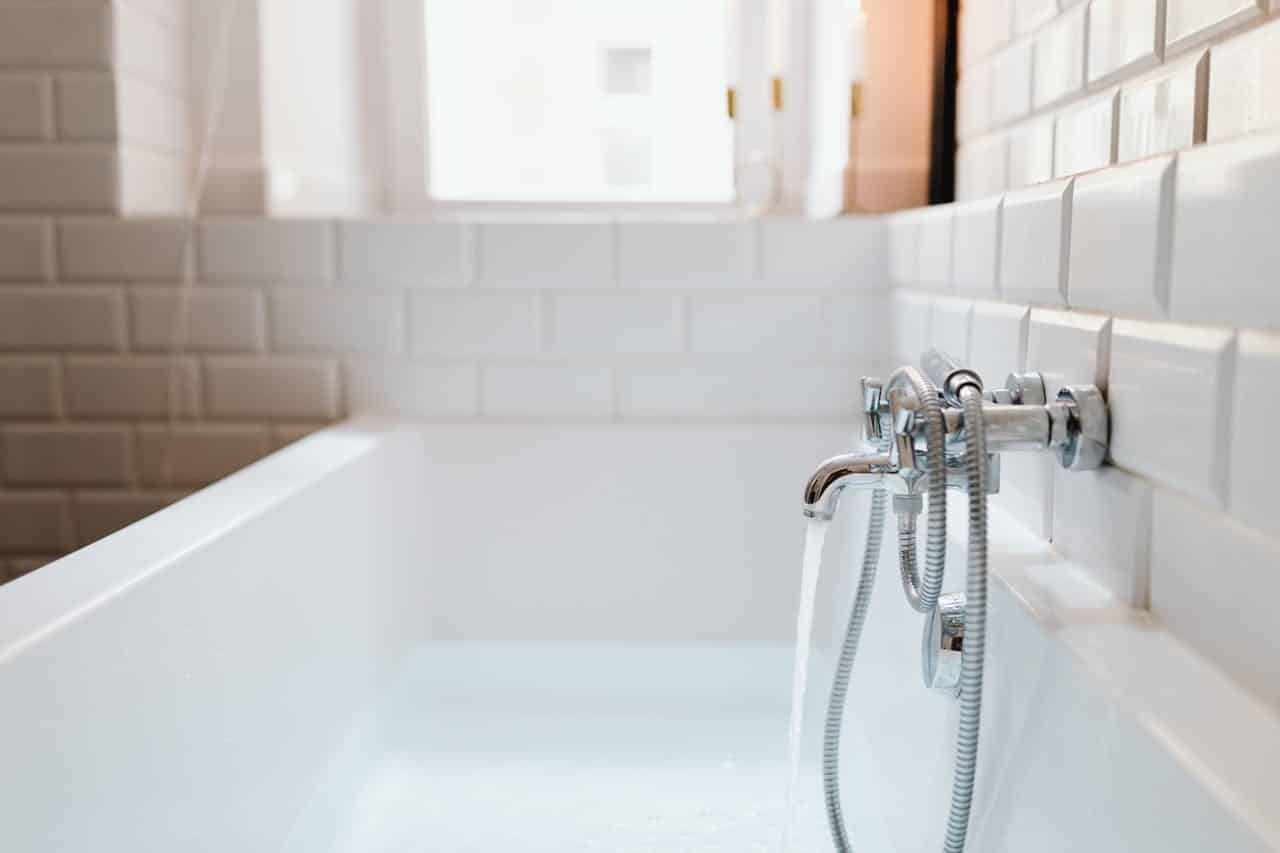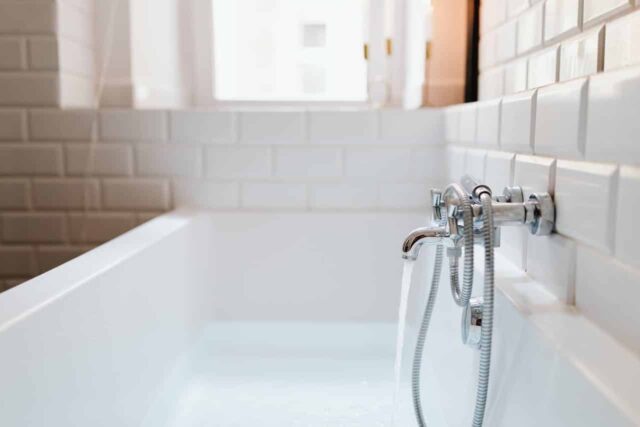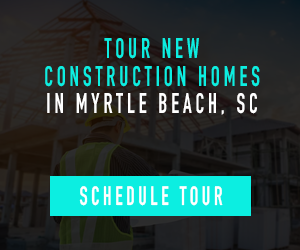
When the plumbing goes wrong in your home, fixing it is always challenging. You don’t always know how to repair systems and get them working the way you want them to.
What’s more, it’s never predictable when things are going to go wrong. It’s not clear.
That’s where this post can help. It looks at some of the quick plumbing fixes that are available to the average homeowner. No, you won’t be able to solve them every time, but you can try.
Jams In The Garbage Disposal
Garbage disposal issues are more common than many people anticipate. The whole purpose of these devices is to make life easier by preventing blockages in the pipe leading from the sink. But, in reality, they don’t always work the way people expect. Many get clogged, and some stop working altogether.
If your garbage disposal device has a reset button, push it to see if it has any effect. If that doesn’t work, use a wrench to turn the blades manually.
If there is something hard lodged in the device, it will need to be taken apart. Don’t try to force anything through as it could block your pipes and damage the underlying material.
If there is damage to the motor or blades, call in a professional. You may be able to fix it by replacing specific components.
Noisy Pipes
Noisy pipes are another plumbing problem you can experience. Sometimes called a “water hammer,” these usually occur when there are pressure issues in the system that can’t be resolved under the current setup.
The quick fix for this is to turn off the water supply at the water main to the house and then turn on all the faucets. Then, turning back on the water allows everything to run smoothly through the system.
This quick fix works 50% of the time. For the other times, you’ll want to work with a professional plumber.
Water Heater Issues
Water heater issues can also be problematic for some plumbing setups. Sometimes, the heater won’t heat the liquid inside, leaving you with cold water.
You can fix this problem by checking the pilot light. If it is off, you can sometimes relight it to get the system working again.
Ideally, the pilot light should never go out, But if it does, the water heat should have a way to relight it.
If you think the heating issues have to do with sediment, you may have to flush it. Putting specific chemicals through the system can clear out any unwanted sediment and leave the whole unit much better off.
Frozen Pipes
Frozen pipes are a perennial problem in the winter and, unfortunately, often do more damage than simply prevent you from accessing your water.
You can deal with frozen pipes by opening the faucets around your home and allowing the water to come through to melt any ice. Any residual heat should have this effect.
If the pipes are plastic, then they can sometimes survive a couple of rounds of freezing and thawing without splitting. However, you may need to consider cast iron pipe replacement if using traditional materials.
Don’t use flames or fire near pipes to try to warm them up. You could set fire to other materials in your home and have a much worse situation on your hands.
Overflowing Toilet
Overflowing toilets are one of the most annoying household problems and something that can seem almost impossible to fix unless you know what you’re doing.
Fortunately, there are several at-home fixes you can try before you call the plumber. The first is to simply flush the toilet again and see whether the hydrostatic pressure can dislodge the blockage and send it on its merry way.
The next step is to see whether the water level goes down. If it does, it means that the problem is severe, but not impossible to resolve. One option is to use dish soap and hot water. The extra heat and lubrication can sometimes remove stuck objects and get them to pass through the system again.
If that doesn’t work, the next step is to take out the plunger. Ideally, you want one of the modern ones that are cone-shaped instead of the old-fashion, suction-style designs. The more recent innovations are far more powerful and can deal with even the most obstinate domestic blockage, usually in a matter of seconds.
If that still doesn’t work, you may need a plumber to put a rod through the system. Sometimes, blockages can form lower down, closer to the drain.
Burst Pipe
A burst pipe is another issue that you could face, especially if you live in an older home. Eventually, pipes reach the end of their lives and start leaking water.
If you notice or suspect a leak, turn off the mains water at the stopcock. Then look for where the leaking is occurring and try to drain the system into a basin.
Finally, see if you can fix the leak with putty. Sometimes, putting a little bit of epoxy around the breakage can be helpful and will hold for a long time.
If you can’t do that, then you may need to replace the section of pipe. This is more challenging if the pipes are metal, since they tend to be stuck in place.
Low Water Pressure
What about low water pressure? What can you do about that?
Usually, low water pressure occurs because of aerators or limescale buildup. The best approach here is to soak it in vinegar for a few minutes to dissolve all the limescale and then see if that deals with the problem.
White vinegar from the superstore is cheap, or you can use acetic acid. They are essentially the same thing.
Leaky Faucet
Finally, if you live in a home, you will eventually encounter the problem of the leaky faucet. Again, though, it is something you can solve pretty quickly.
Usually, you can fix it by unscrewing it and replacing the washer inside. Damaged O-rings are the primary culprit for this problem.
Quick Plumbing Fixes
So before you call a plumber, you might first try these quick plumbing fixes yourself.
Local News Via - MyrtleBeachSC.com









